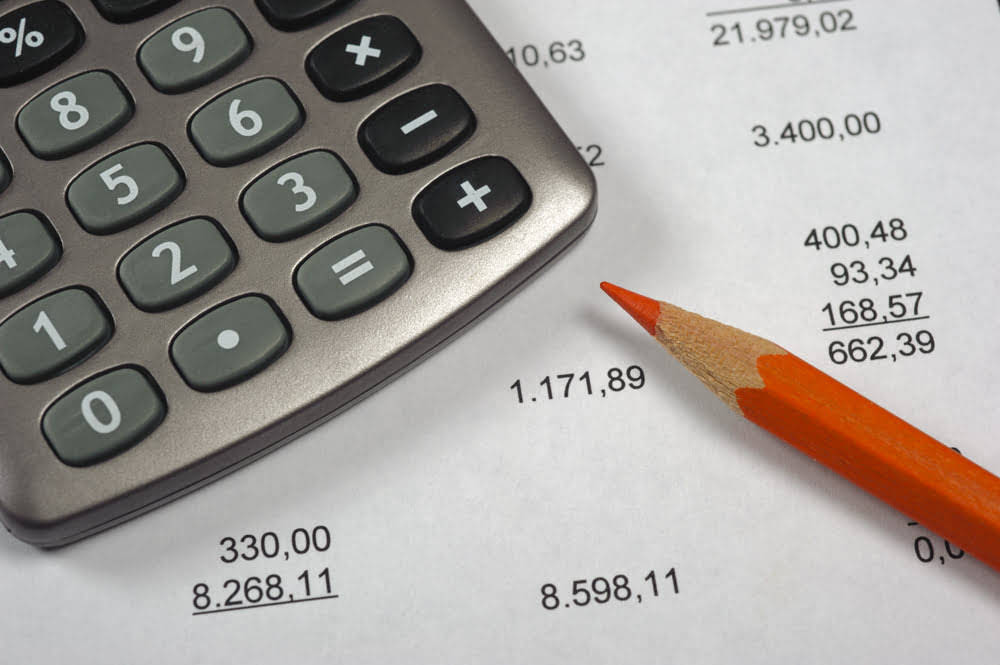In the case of household expense, it is defined as the type of expenses that are necessary for smooth living. When it comes to financial statements, your balance sheet and your income statement are two different entities. The income statement shows your revenue and expenses – how much money is going out and how much is coming in and allows you to determine whether your company is operating at a profit or a loss. https://kelleysbookkeeping.com/premium-vs-discount-bonds/ It’s possible to have a positive amount of incoming cash but a negative net income such as if you took out a loan but didn’t make much by way of sales. Using your income statement and balance sheet empowers you to make the best decisions for your business. The term balance sheet refers to a financial statement that reports a company’s assets, liabilities, and shareholder equity at a specific point in time.
- Utility bills are invoices received by a company for the natural gas, electricity, water, and sewer charges that the company used during a previous month or other period of time.
- Even if you’re not a wealthy stockholder or hedge fund, taking the time to evaluate a potential partner’s financial statements can be a worthwhile investment.
- Without context, a comparative point, knowledge of its previous cash balance, and an understanding of industry operating demands, knowing how much cash on hand a company has yields limited value.
- Utility expenses are generally variable expenses that vary as per consumption.
- This balance sheet also reports Apple’s liabilities and equity, each with its own section in the lower half of the report.
Utility bills are invoices received by a company for the natural gas, electricity, water, and sewer charges that the company used during a previous month or other period of time. The usage and the amount of each bill is generally based on the meters located on the company’s property. In other words, the utilities provide the gas, electricity, etc. in advance of being paid. Therefore, the company is receiving the gas, electricity, etc. before it pays for them and has a liability until the bills are paid.
What Is a Balance Sheet?
Understanding private sector financial statements is useful for much more than just answering questions like this one about unpaid bills. The public sector now frequently partners with the private sector to fill financing or expertise gaps (see the EFC’s current project on public private partnerships and alternative service delivery models for water utilities). Even if you’re not a wealthy stockholder or hedge fund, taking the time to evaluate a potential partner’s financial statements can be a worthwhile investment. In short, the accrual basis of accounting accelerates the recognition of utilities expenses in comparison to the cash basis of accounting. However, over the long term, the results under both methods will be approximately the same. It shows your current liabilities subtracted from your current assets to provide an accurate look at the worth of your business.

Depreciation is considered a “non-cash expense” because no one writes a check for depreciation, but the business can use it to reduce income for tax purposes. The term “expense” implies something more formal and something related to the business balance sheet and taxes. An expense is an ongoing payment, like utilities, rent, payroll, and marketing. For example, the expense of rent is needed to have a location to sell retail products from. A bank statement is often used by parties outside of a company to gauge the company’s health.
What is opportunity cost?
Some companies issue preferred stock, which will be listed separately from common stock under this section. Preferred stock is assigned an arbitrary par value (as is common stock, in some cases) that has no bearing on the market value of the shares. The common stock and preferred stock accounts are calculated by multiplying the par value by the number of shares issued. Each category consists of several smaller accounts that break down the specifics of a company’s finances.
Although the balance sheet is an invaluable piece of information for investors and analysts, there are some drawbacks. Because it is static, many financial ratios draw on data included in both the balance sheet and the more dynamic income statement and statement of cash flows to paint a fuller picture of what’s going on with a company’s business. For this reason, a balance alone may not paint the full picture of a company’s financial health. The portion of a utility invoice applicable to the current period may be so large that any residual balance applying to a different period is immaterial, and so can be charged to the current period.
What You Can Learn from Your Balance Sheet
A balance sheet explains the financial position of a company at a specific point in time. As opposed to an income statement which reports financial information over a period of time, a balance sheet is used to determine the health of a company on a specific day. A company usually must provide a balance sheet to a lender in order to secure a business loan. A company must also usually provide a balance sheet to private investors when attempting to secure private equity funding. In both cases, the external party wants to assess the financial health of a company, the creditworthiness of the business, and whether the company will be able to repay its short-term debts.
For example, imagine a company reports $1,000,000 of cash on hand at the end of the month. Without context, a comparative point, knowledge of its previous cash balance, and an understanding of industry operating demands, knowing how much cash on hand a company has yields limited value. This financial statement lists everything a company owns and all of its debt. A company will be able to quickly assess whether it has borrowed too much money, whether the assets it owns are not liquid enough, or whether it has enough cash on hand to meet current demands. Continuing on with our sleuth work, we could try looking at a different, stand-alone utility whose statements are public to just get a sense of how customer debt is treated. I started by looking on Duke’s investor relations page, where there are handy links to a variety of documents.
How to Create and Use Your Balance Sheet
Let’s assume that a retailer begins operations on December 1 and it uses natural gas for heating and it uses electricity for lighting and to operate its computers and equipment. Let’s assume that the utility reads Do Utilities Go On Balance Sheet? the meters on the last day of every month and prepares the utility bills based on the meters’ readings. The retailer receives its first utility bills on January 8th and must remit the amount by February 2.
If a company takes out a five-year, $4,000 loan from a bank, its assets (specifically, the cash account) will increase by $4,000. Its liabilities (specifically, the long-term debt account) will also increase by $4,000, balancing the two sides of the equation. If the company takes $8,000 from investors, its assets will increase by that amount, as will its shareholder equity. All revenues the company generates in excess of its expenses will go into the shareholder equity account.













